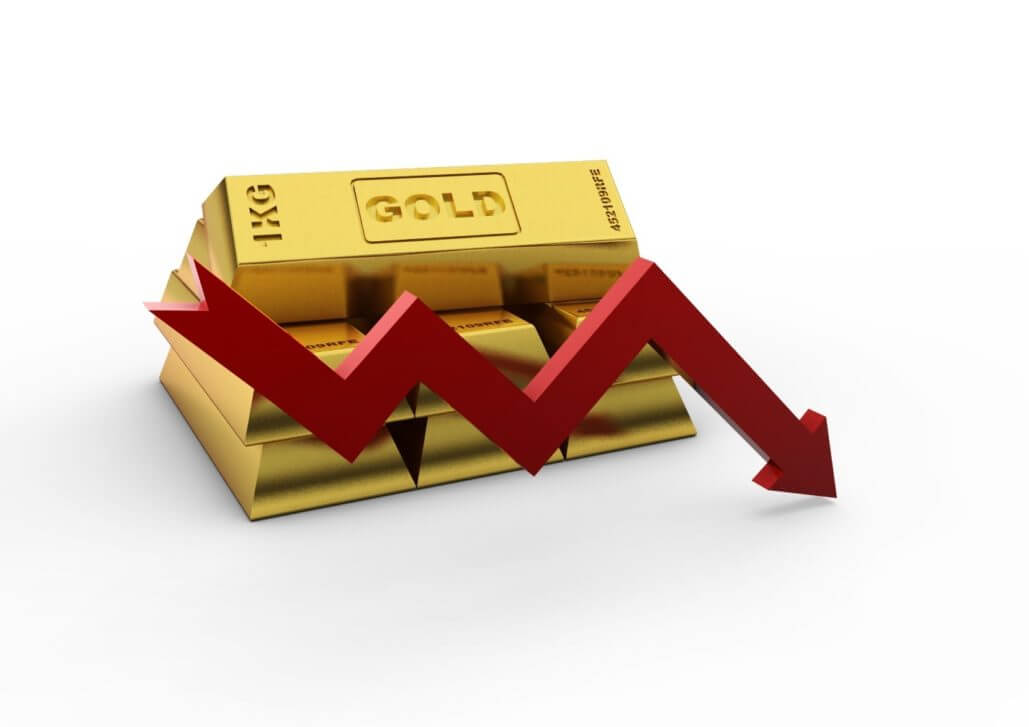The price of gold fell by 1.57% in a week to close at 46,785 rupees per 10 grams. The sharp appreciation of the rupees pressures the gold price. After releasing optimistic data on personal income, spending, and manufacturing in the U.S., the rebound in the U.S. dollar index put pressure on precious metals.
On MCX, gold fell four trading days out of 5 trading days and fell 747 rupees this week. On the other hand, COMEX gold fell by US$8.4 or 0.47% over the same period.
Gold bars are trading below the 5, 20, 100, and 200-day moving averages on the daily chart. The Relative Strength Index (RSI) is 51.70, indicating that the price is in a neutral trend.
The introduction of global vaccines has increased consumer confidence and led to a stronger-than-expected economic recovery. It limited the fear of inflation caused by rising gold prices.
The spot rupee exchange rate against the U.S. dollar rose by 1.25%, closing at 74.09 for the week.
The dollar index rose above the 91 marks, up 0.46%, while the U.S. 10-year Treasury bond yield rose to 1.62% this week after rebounding from the recent low of 1.55%.
CFTC data shows that fund managers reduced their net long positions by 6,146 lots last week.
Patel predicts that the price of gold will fall sideways in the next week. At MCX, the recent resistance for the June price of gold is 47,500 rupees per 10 grams. The support is at 46,200 rupees per 10 grams.
Gold ETF holdings continued to flow out. It is because SPDR gold stock holdings fell to 1,017 tons from 1,020 tons in the previous week.
In London trading, spot gold fell 3.15 US dollars to close at 1,768.97 US dollars per ounce.











